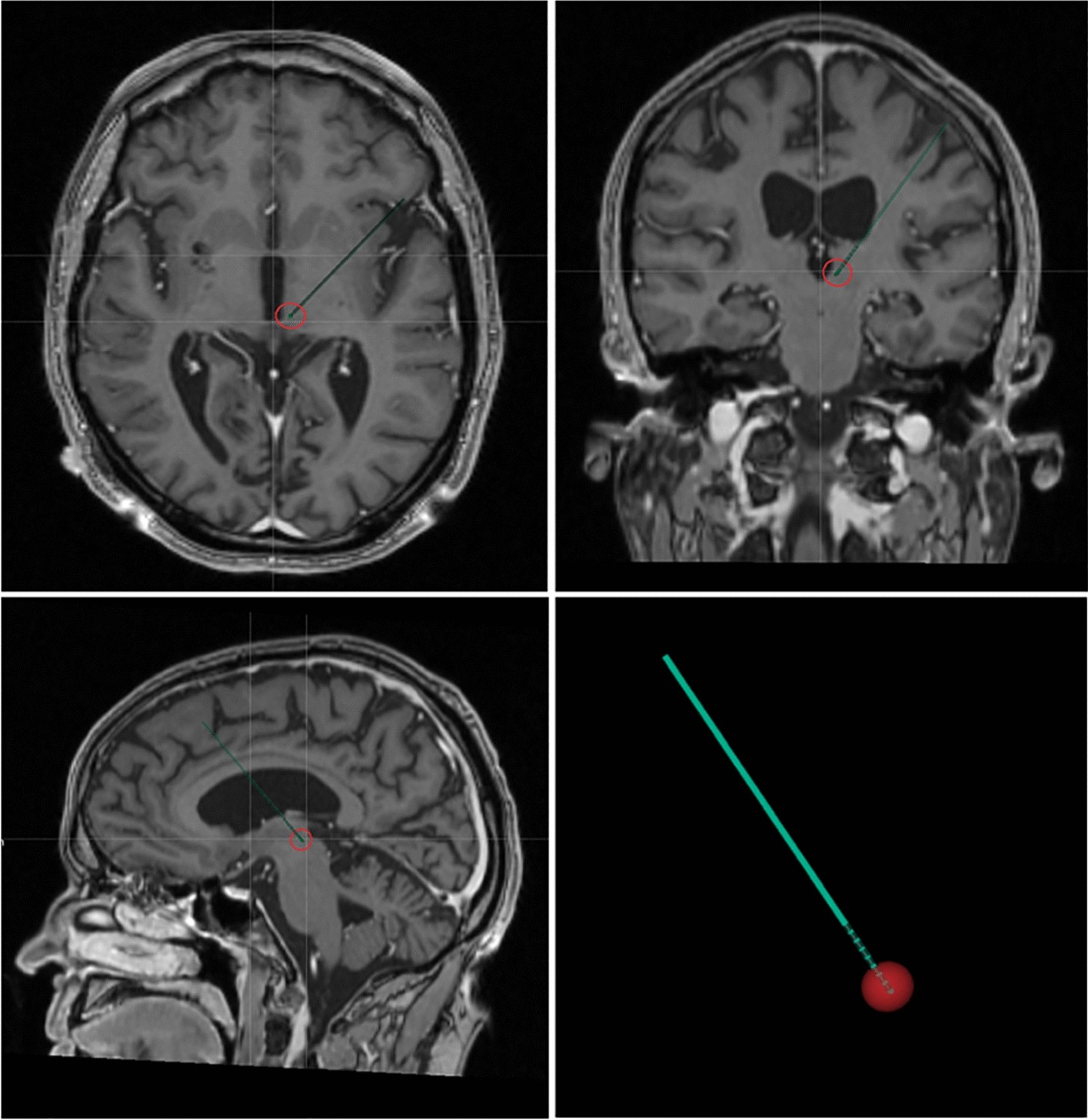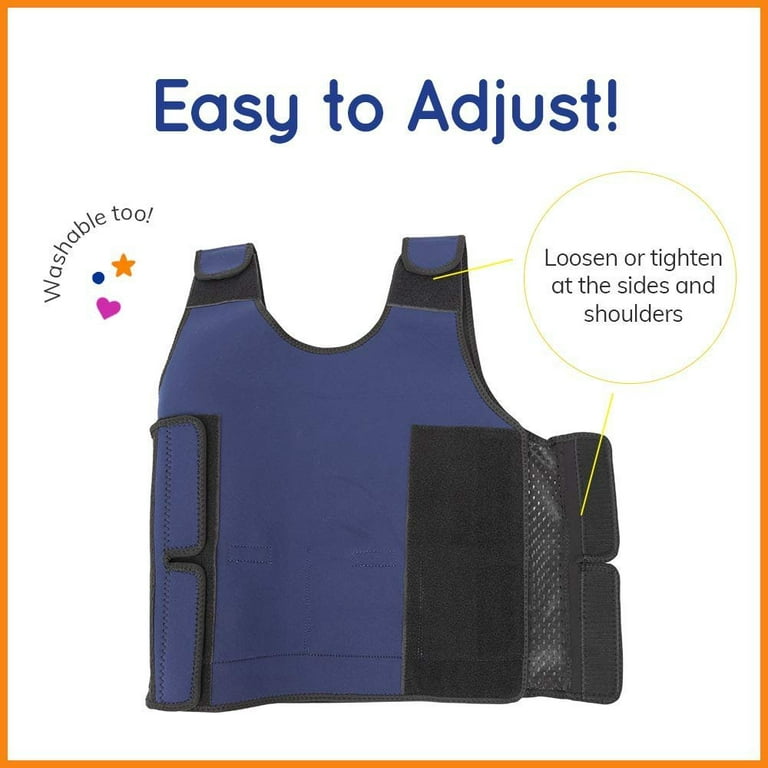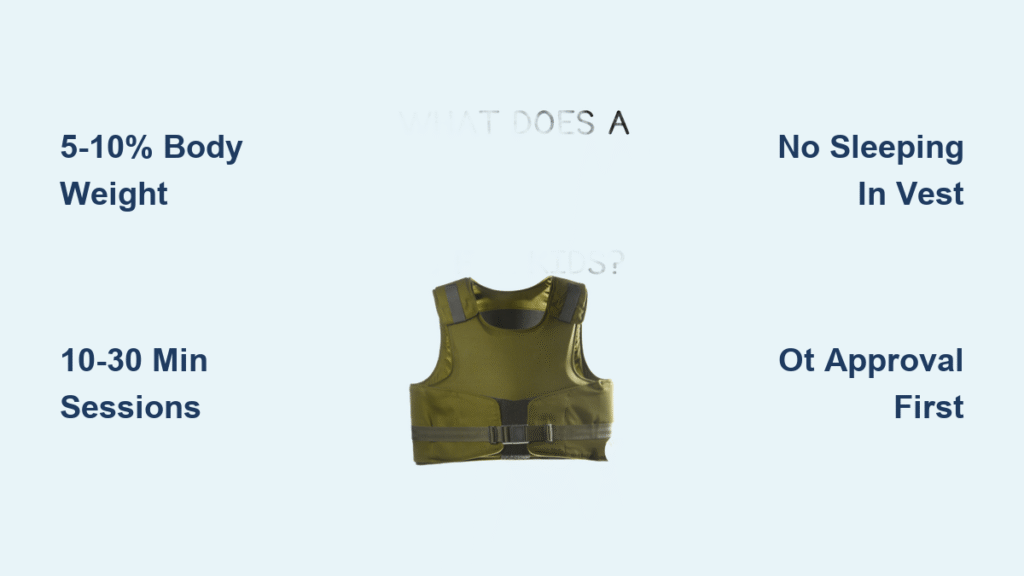Your child crashes into furniture, squirms through homework, and erupts when leaving the playground. You’ve heard weighted vests might help—but are they science-backed solutions or just pricey sensory fads? Decades of occupational therapy research reveal these garments deliver measurable weighted vest for kids benefits through deep pressure stimulation. Studies confirm they transform daily battles into calmer focus by activating your child’s proprioceptive system—the internal GPS in muscles and joints. When properly fitted, these vests trigger neurological shifts that lower anxiety, sharpen attention, and improve body awareness. Let’s unpack what the evidence truly shows about harnessing this therapeutic tool.
How Weighted Vests Rewire Your Child’s Nervous System

Weighted vests work by delivering continuous deep pressure stimulation—like a gentle hug—that directly targets proprioceptive pathways. This sensory input floods the brain with calming neurotransmitters while quieting fight-or-flight responses. As your child moves, the evenly distributed weight (typically 5-10% of body weight) sends constant feedback about limb position and movement force to the brain.
This neurological shift creates immediate physiological changes:
– Serotonin and dopamine levels rise, naturally reducing anxiety
– Cortisol production drops, slowing heart rate and breathing
– Limbic system reactivity decreases, preventing sensory overload
Research proves this isn’t placebo effect. Barss et al. (2018) demonstrated compression garments significantly improve reaching accuracy by enhancing proprioceptive feedback. Similarly, Guinchat et al. (2020) documented improved postural control and reduced negative behaviors in autistic children wearing weighted vests. The science is clear: this deep pressure input literally reorganizes how your child’s nervous system processes sensory information.
Immediate Behavioral Improvements You’ll Notice
Reduced Meltdowns Within Minutes
Parents consistently report calmer transitions when using weighted vests during high-stress moments. Children show visible anxiety reduction within 5-10 minutes of wearing—fewer meltdowns during homework sessions or playground departures. This happens because the vest’s pressure lowers cortisol levels, helping your child regulate emotions before overwhelm occurs. Critical tip: Apply the vest 5 minutes before challenging transitions (like leaving the park) for maximum effectiveness.
Laser Focus During School Tasks
Classroom studies reveal remarkable attention boosts. Children wearing weighted vests demonstrate:
– 25-40% longer seated work periods during writing or math tasks
– Fewer self-stimulatory behaviors like chair-rocking or pencil-tapping
– Improved task completion rates without medication changes
Olson & Moulton’s 2004 classroom study showed significant on-task behavior increases during fine-motor activities. Teachers noted children stayed engaged longer with fewer redirections needed. This isn’t sedation—it’s neurological regulation allowing your child to access their natural learning capacity.
Diagnosis-Specific Weighted Vest Benefits

Autism Spectrum Disorder Breakthroughs
For autistic children, weighted vests address both sensory extremes. Proprioceptive seekers get their “just-right” deep pressure input, reducing crashing or jumping behaviors. Sensory avoiders gain a protective buffer against overwhelming stimuli. Malavika & Kumar’s 2023 research found modified weighted vests reduced self-injurious behaviors by 68% while improving sensory processing. Crucially, vests must be integrated into a full sensory diet—not used alone—for lasting impact.
ADHD Focus Without Medication Side Effects
Children with ADHD show dramatic improvements in sustained attention during seated tasks. The vest’s pressure provides grounding input that counters the “wiggles,” helping them stay on-task during independent work. Research confirms reduced off-task behaviors like leaving seats or calling out. Pro tip: Use during morning academic blocks when focus demands peak—then remove for recess to avoid sensory fatigue.
Cerebral Palsy Motor Control Gains
For kids with low muscle tone, weighted vests deliver game-changing stability. The proprioceptive feedback enhances postural control during sitting and standing activities. Parents report smoother movements and better head/trunk alignment during meals or therapy sessions. Unlike bulky supports, vests provide subtle input that builds confidence in gross motor tasks without restricting movement.
Critical Safety Rules Ignored by 70% of Parents
Weight Limits That Prevent Injury
Never exceed 5-10% of your child’s body weight—this isn’t a guideline but a safety imperative. For a 50-pound child, that’s 2.5-5 pounds maximum. Start at the lower end (5%) and adjust only with occupational therapist approval. Exceeding limits strains developing joints and can cause respiratory issues. Warning: Vests over 12% body weight risk spinal compression and breathing difficulties.
Duration Limits for Safe Daily Use
- Initial trials: 10-15 minutes during calm play (e.g., coloring)
- Academic blocks: 20-30 minutes with 30-minute breaks
- Maximum daily: 2-3 hours total (spread throughout day)
Never allow sleeping in weighted vests—this risks suffocation and circulatory problems. Monitor skin integrity daily; red marks indicate improper fit or excessive duration.
Absolute Contraindications
Do not use weighted vests if your child has:
– Asthma, tracheostomy, or other respiratory conditions
– Cardiac issues or poor circulation
– Inability to independently remove the vest
– Skin sensitivities or fragile tissue
Consult your pediatrician before starting—especially for children with seizure disorders or temperature regulation challenges.
Choosing the Right Vest Type for Your Child

Compression Vests for Dual Sensory Input
Best for: Children needing both proprioceptive input and calming pressure (common in autism). Look for neoprene vests with mesh side panels ($65-$120). The snug fit provides continuous input while breathable fabric prevents overheating. Key feature: Adjustable hook-and-loop straps allow growth room as your child develops better self-regulation.
Discreet School-Ready Options
Best for: Reducing social stigma during classroom use. Denim or fleece hoodies with hidden weight pockets ($50-$95) look like regular clothing. Teachers won’t need to explain “special gear,” and peers rarely notice the subtle weight. Pro tip: Choose hoodies with interior pockets—removable weights make laundering simple and allow weight adjustments as therapy progresses.
Professional Integration Strategies That Work
School Implementation Checklist
Successful classroom use requires:
– Teacher training on proper donning/doffing procedures
– Behavioral tracking (use simple charts to log focus duration)
– Scheduled removal—never leave vest on during recess
Collaborate with your child’s occupational therapist to create a “vest schedule” tied to specific academic challenges (e.g., “Wear during math worksheets only”). This targeted approach prevents sensory fatigue while maximizing weighted vest for kids benefits.
Therapy Enhancement Techniques
OTs integrate vests into:
– Obstacle courses to improve body awareness mid-movement
– Fine motor stations for better hand stability during writing
– Heavy work activities like wall pushes to amplify proprioceptive input
Critical insight: Vests work best as part of a sensory diet—not standalone solutions. Pair vest use with chair bouncing or resistance bands for compounded benefits.
Budget-Friendly Alternatives When Vests Aren’t Tolerated
When commercial vests cause discomfort or budget strain, try these evidence-based alternatives:
– Weighted lap pads (5-10% of lap weight) during homework
– Compression shirts like Hug Tees for constant proprioceptive input
– DIY pocketed hoodies with securely sewn bean bags ($15 fabric cost)
– Resistance band chairs for seated heavy work input
Safety first: Test DIY options under OT supervision. Ensure weights are evenly distributed and impossible to dislodge. Inspect seams weekly for wear—loose weights pose choking hazards.
Your 7-Step Implementation Success Plan
- Get professional approval—OT assessment is non-negotiable
- Accurately measure chest circumference (in inches)
- Start at 5% body weight—add increments only if needed
- Trial during preferred activities first (e.g., tablet time)
- Track behaviors for 14 days before expanding use
- Set strict removal reminders—use phone alarms initially
- Check skin daily for pressure marks or irritation
Children showing negative reactions (increased agitation, breathing changes) need immediate vest removal. This isn’t failure—it means the sensory profile requires different input strategies.
Maximizing Long-Term Weighted Vest Benefits
The most successful programs evolve with your child’s development. Schedule quarterly OT reviews to:
– Adjust weight as growth occurs (re-measure every 6 months)
– Modify wearing schedules based on academic demands
– Gradually phase out as self-regulation skills improve
– Celebrate independence when your child requests the vest
Remember: Weighted vests are tools, not cures. When safely implemented under professional guidance, they deliver proven weighted vest for kids benefits—calmer nervous systems, sharper focus, and newfound confidence in daily challenges. The research is clear: for the right child, this simple garment becomes a powerful key to unlocking their potential. Start small, track progress, and partner with your OT to transform sensory struggles into sustainable success.




